Chapter 6 Structure Of Living Organism
Suppose you are sitting in your classroom—look around what you will see. Chair, benches, ack-board, chalk, duster/ teacher, your classmate’s other students. If you give a close look to the corner of your classroom—you may find one or two spiders who are busy forming their nets.
You may find some ants or a housefly. Then if you look outside the window you may see some birds, and squirrels beside some grasshoppers in the lash green playground outside your classroom.
Now you can easily classify the living and non-living things around you. Chair, table, chalk, duster etc. all are unable to move and can’t respond to any stimuli. But the teacher, your friends, spider, housefly, birds, grasses etc can either move or respond to stimuli or both.
Read and Learn more WBBSE Notes For Class 8 General Science And Environment
The former group is non-living and the latter is living—is it not right?
Living things—Why they are so?
Let’s see what are the functions usually living being do—
Respiration:
Inhaling and exhaling of air (02 – C02)
Digestion:
Intake of food and break-down of food into small parts.
Excretion:
Elimination of waste materials through urine which is produced in the body through particular organs or organs by metabolism.
| Class 8 General Science | Class 8 Maths |
| Class 8 History | Class 8 Science LAQs |
| Class 8 Geography | Class 8 Science SAQs |
| Class 8 Maths | Class 8 Geography |
| Class 8 History MCQs | Class 8 History |
Co-ordination:
(Nervous system including the brain)—Receiving stimuli and conveying ir different parts, adjusting body functions as well as making an adjustment with the surrounding environment.
Circulation:
The heart receives blood from different parts of the body and pumps to those places that help in transport.
The organs performing these functions are respectively lungs (respiration), stomach and small intestine (digestion), Kidney (excretion), Brain and spinal cord (Nervous system ordination), and Heart (Circulation).
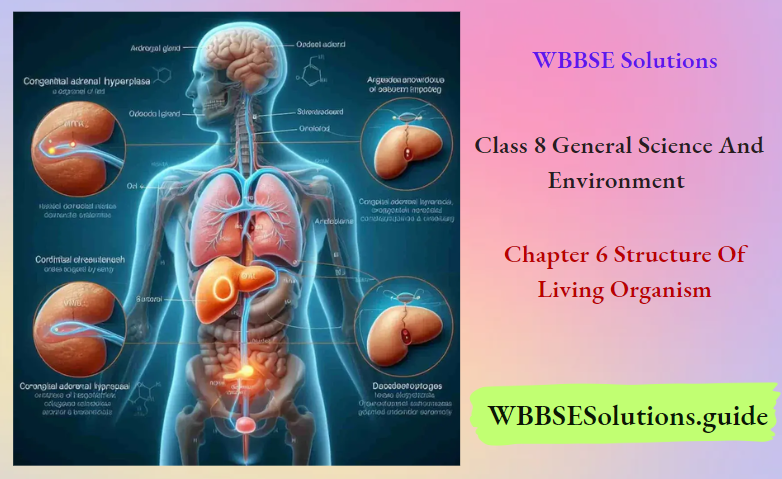
Chapter 6 Structure Of Living Organism Relationship between different parts of the body
- Let’s see the relationship between different parts of the body.
- The structural and functional unit of the body is a cell, like a brick is the structural unit of the wall of the house. The smallest unit of living organisms is the cell —> cells combine to form tissue. Different tissues forming organ—organs combine to perform one or two specific functions thus form a system. – the system with all other things forms a body.
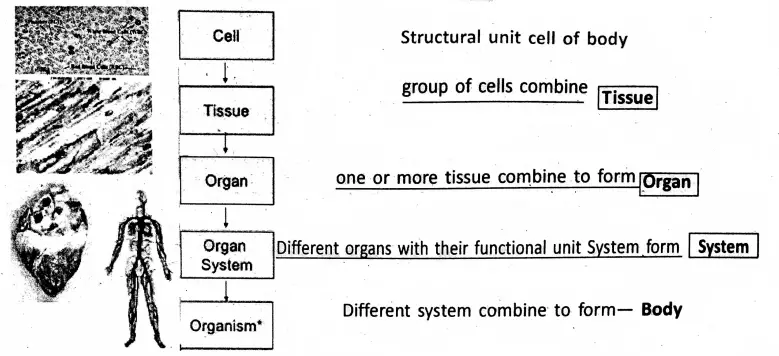
structural similarities between the Body of organisms and building complex
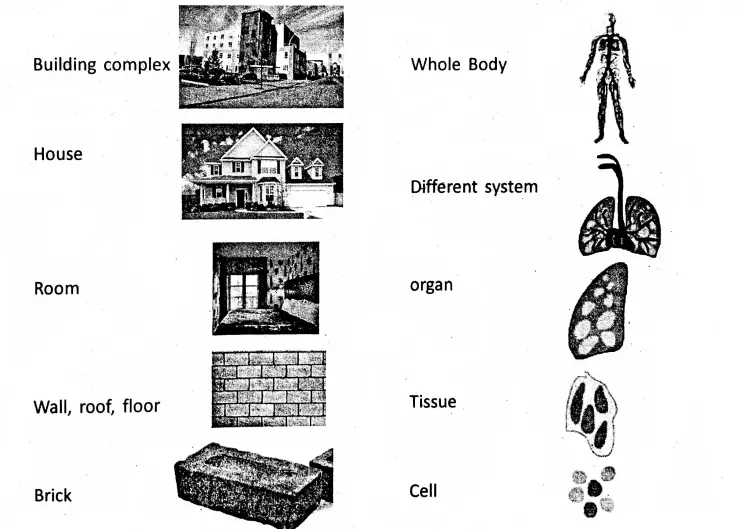
- The cell is the structural and functional unit of life.
- The cell is the building block of all living organisms.
- The cell is the smallest unit of life capable of all living functions.
The smallest structural and functional (egg of unit of the organism (body) is called a cell.
Chapter 6 Structure Of Living Organism Microscope
Microscope:
Cells are so small except very few (eggs of birds, Jute fibres etc.) that we can’t see it only by our naked eye. We can see after magnifying it by a tool or instrument. The tool through which we can see the cell and its parts by magnifying it is called Microscope.
A microscope is an instrument that, gives an enlarged or magnified and clear (resolution) image of an object (cell or its parts) that is not visible to the naked eye.

Chapter 6 Structure Of Living Organism Discovery of cell
Robert Hooke, an English Scientist in 1665 discovered and named the ‘cell’ while examining a thin section of bottle cork under his self-made primitive Microscope.
Robert Hooke observed in this section of cork honeycomb-like many empty small compartments under Microscope. Hooke named these honey comb compartments as ‘cells’. This word cell is derived from the Latin word ‘cellulite’ which means a little room.
“WBBSE Class 8 General Science Chapter 6 notes, Structure of Living Organism”
Robert Hooke observed the dead cells which was hollow, only cell walls where there no protoplasmic substances in them. In 1674 Anton von Leeuwenhoek made an improved microscope and observed living cells. (Human sperm cells, blood cells, protozoans etc.) Robert Hook’s work was published in the book “Micrographia” in 1665.

Chapter 6 Structure Of Living Organism Type of Microscope
Microscopes are a high-resolution and magnifying instruments that are used for observing fine structures of very minute objects.
Two common type of microscope are usually used —
- Light Microscope
- Electron Microscope
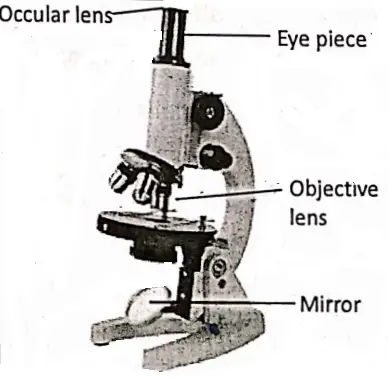
Light Microscope is of two types —
- Simple Light Microscope
- Compound Light Microscope
1. Simple Light Microscope or Binocular Microscope.
It is simple in structure and very easy to use. It has only one ocular lens, binocular eyepieces. It is usually used during dissecting of plants and tiny animal parts dissection. So it is called a dissecting microscope. It can magnify or enlarge 15 – 20 times image of the original specimen.

2. Compound Light Microscope.
Two or more lenses are usually used in this microscope — ocular lens, objective lens and sometimes with condenser lens. In this type of Microscope lens combined together and their magnification power range from 300 to 4000 times.

3. Electron Microscope
This is a large and complex instrument of very high magnification. In this Microscope beams of electrons are used as a source of illumination of objects instead of light and electro-magnets are used in place of glass lenses. The magnification power of this type of Microscope is 50,000 to 300,000 times. . The image of the object is obtained on a photographic plate or in a screen.
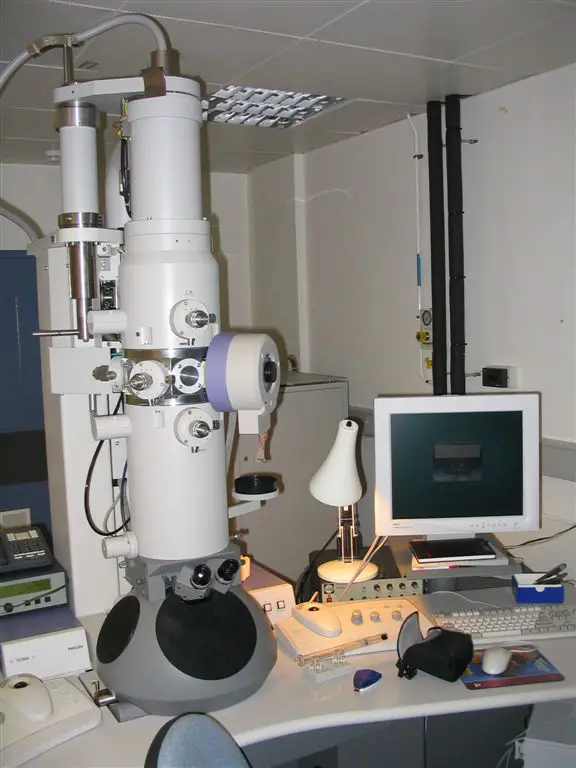
Viruses, bacteria, various complex structures of cells (mainly cell organelles), and different cellular components (such as DNA, RNA, protein etc.) are usually observed through Electron Microscope. Electron Microscope Through this microscope detail and complex structure of objects can be seen and understood.
Chapter 6 Structure Of Living Organism Diversity Of Cells
In the living world some organisms such as Amoeba (Protozoa), Yeast (Fungi), and Vibrio cholera (bacteria, germ of cholera) consist of single cells, they are called unicellular whereas plants and animals are more complex organisms and consist of many cells, these are. called multicellular organisms.
In unicellular organisms all activities are carried out by the same cell, whereas in multicellular organisms the cells show division of labour i.e. a different group of cells perform different functions. Multicellular organisms can adapt better to the changing environment.
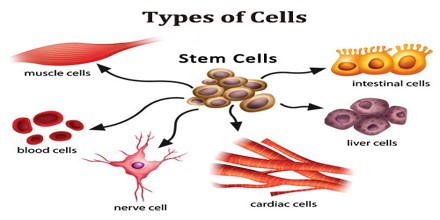
All cells whether these are of unicellular or multicellular organisms carry out certain functions – such as respiration, nutrition, growth, reproduction, excretion etc.
Chapter 6 Structure Of Living Organism Shape And Size Of Cells
If you observe different sections of different parts of plant and animals under a microscope, you will find cells of these sections not alike. They are of different shapes and size. Cells may be oval, elongated, rectangular, columnar, filamentous, polygonal etc.
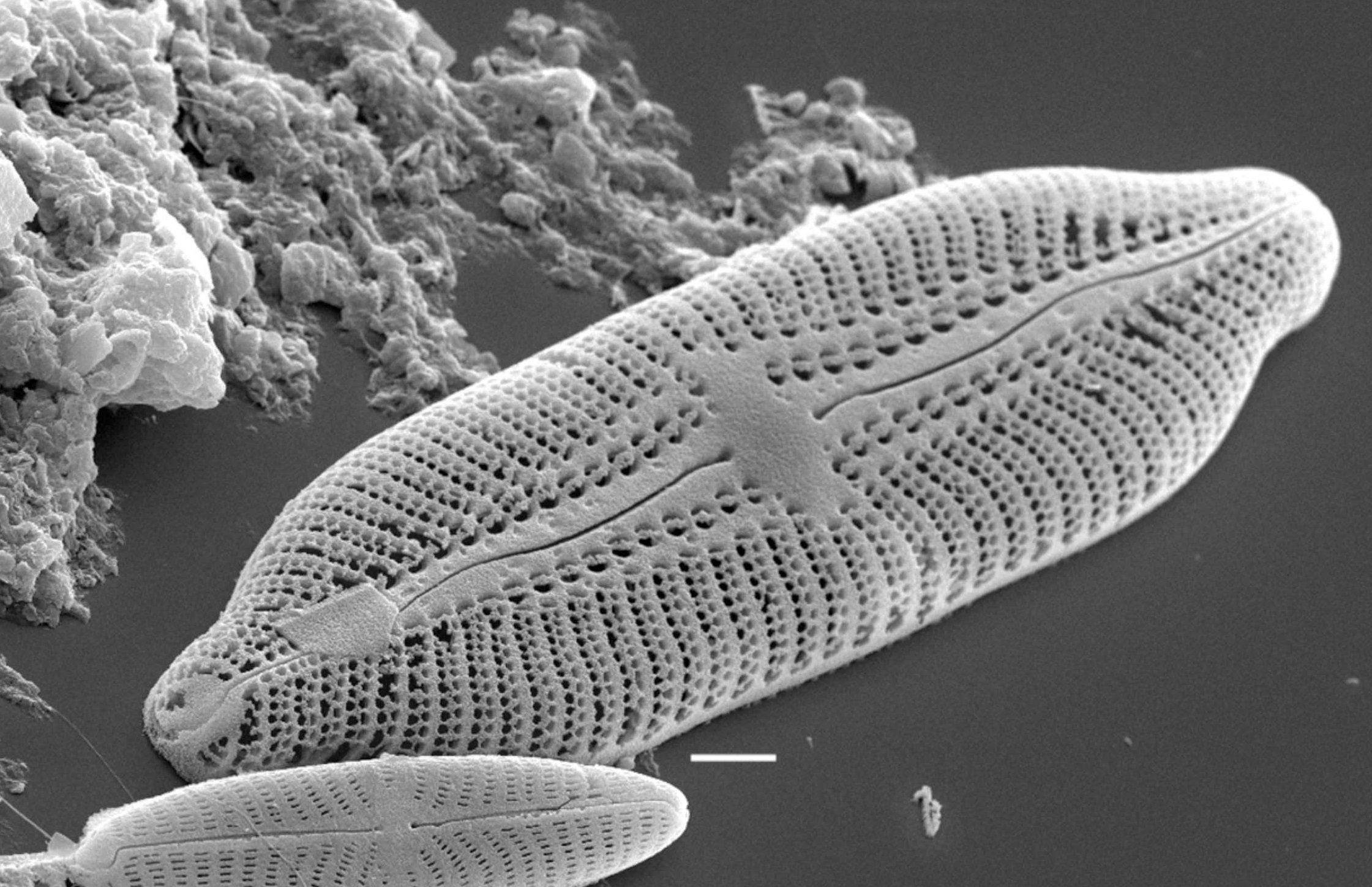
In multicellular organisms, the shape and size of the cells depend on their position and metabolic activity or nature of the function, such as cells of squamous epithelial are flat, and polygonal whereas the inner lining cells of the intestine is columnar (pillar-like).
Some Plant cells of different
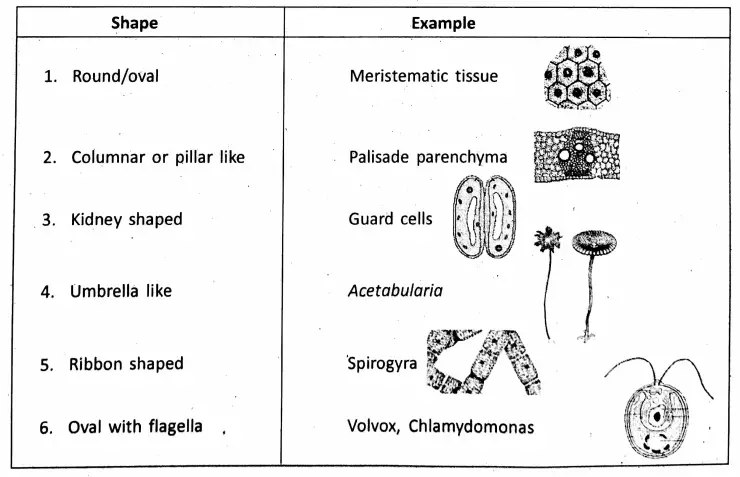
Some cells (animal) and their shape :
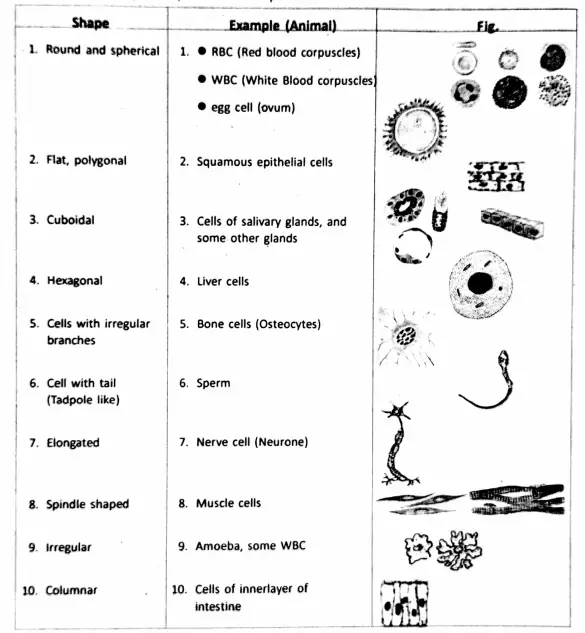
Chapter 6 Structure Of Living Organism Observation Of Some Cells :
There are many varieties in cell structures both in animals and plants. Some animal cells structure are discussed here :
Amoeba :
Amoeba is a free-living unicellular organisms. Amoeba often changes its shape, and small finger-like cytoplasmic out-growth or projections come-out from its body known as pseudopodia (pseudo = false, poda = leg) at the time of locomotion and food capture. Some human WBC (leucocytes) also form (produce) pseudopodia during phagocytosis and can change their shape.
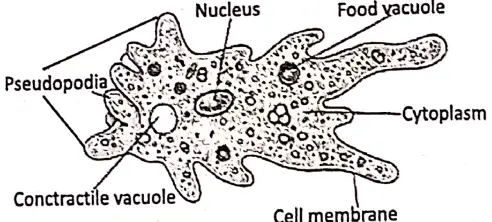
Phagocytosis is the process of engulfing of micro-organisms (pathogen) or foreign bodies surrounding it, by producing pseudopodia.
Chapter 6 Structure Of Living Organism Red Blood Cells (RBC) :
Human RBC are circular and flattend at the centre (disc-shaped). Its shape helps RBC to carry more oxygen and can move easily through blood vessels of different diameters.
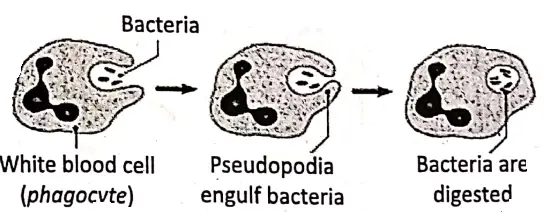
Human RBCs lack of a nucleus, mitochondria, ER, ribosome and centrosome. Therefore, it has more space to hold haemoglobins (the iron-containing respiratory pigment) and its own oxygen consumption is very low due to lack of organelles. Thus it carries more oxygen (02) to the tissue cells.
Chapter 6 Structure Of Living Organism Muscle Cells :
Muscle cells are elongated or may be spindle-shaped (non-striated). Both ends of it are tapering. Voluntary (Striated or skeletal) muscle cells are long cylindrical multinucleated (many nuclei). Within this cell numerous fine contractile thread-like structures are present, known as myofibrils.
This structure helps in contraction and relaxation. This contraction and expansion property of these cells helps in movement, passing things in different body canals such as food passing in the alimentary canal, air in the trachea, opening and closing of apertures, beating of heart etc.
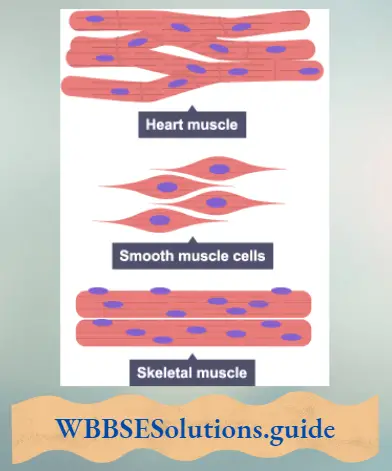
Chapter 6 Structure Of Living Organism Nerve Cells :
Nerve cells (neurons) are usually elongated with some branches. It’s extended star-shaped or rounded shaped part is known as the cell body. A neurone or nerve cell has two types of processes—branched dendron and usually unbranched comparatively long part axon.
Nerve cells receive stimuli (both external and internal) like light, sound, touch, heat, pressure etc. and transmit the message to different parts of the body. Nerve cells or neurons is the structural and functional unit of the nervous system. Which coordinates between the external and internal environment of animals.
Besides this more than two hundred types of cellular varieties are observed in vertebrates.
Chapter 6 Structure Of Living Organism Shape Of Some Plant Cells :
Plant cells also are of different shapes such as oval, round, hexagonal, polygonal, rectangular, and elongated tube-like (xylem, phloem) cells associated with transport. Parenchyma cells of roots, and stems, are generally oval or spherical, schlerenchyma cells are elongated and have a hard cell wall.
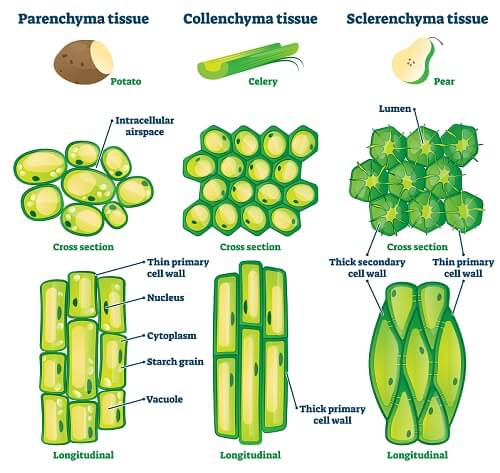
The cells of the apical region of the root and stem are usually in shape and a have the power of division constantly. The cells associated with the transport of water and food are usually cylindrical in shape.
Table: Try to complete the table (one example cited).
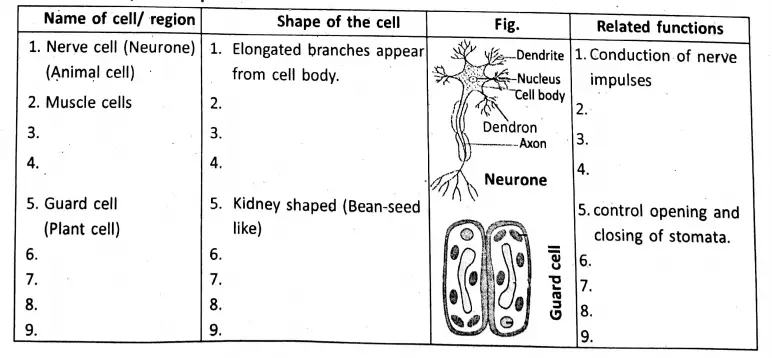
Chapter 6 Structure Of Living Organism Cell size :
Very few plant and animal cells are visible to the naked eye like eggs of birds, the fibre of Jute, and Acetabularia – a type of algae (10 cm height). However, the majority of cells are visible only with a microscope because they are only a few micrometres or microns in diameter.
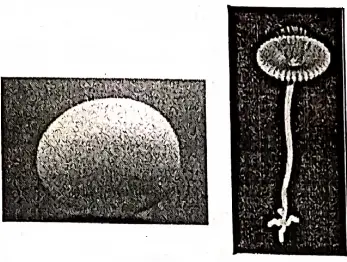
A micrometre or micron (p,m) is one-thousandth of a millimetre. The size of the majority of cells are of 5 – 10 microns. In a single full stop, O I micron area of 400 cells may accommodate. Then you can imagine how small the cells are.

The shape of cell may change, like RBC can change shape when it moves through blood vessels, and cancer cells change the shape of the cell. Cell shape also changes during cell division. WBC also change shape. Some WBC also changes its shape.
Chapter 6 Structure Of Living Organism Relationship of cells with size of organisation.
Do you think the cells of a Blue whale or elephant is much larger than the cells of rat? The answer is no. The size of cells not depend on the size of the organism. What is the reason of cells to change their shape—Cell change their shape mainly due to their specific function and location.
⇒ \(1 \mathrm{mp} \text { micron (micrometer) }=\frac{1}{1000} \mathrm{~mm}=0.001 \mathrm{~mm}\)
⇒ \(1 \mathrm{~nm}(\text { nanometer })=\frac{1}{1000000}=0.000001 \mathrm{~mm}\)
⇒ \(1 \mathrm{~A}^{\circ}(\text { Angstrom })=\frac{1}{10000000}=0.0000001 \mathrm{~mm}\)
Chapter 6 Structure Of Living Organism Cell Number :
The number of cells in multicellular organisms usually is correlated with the size of an organism such as larger the size more the number of cells. In a normal human being the number of cells is estimated at 100 trillion (1014) approx.
Smallest cell— Mycoplasma leidlawii
Longest plant cell— Cells of the bark of Reme tree
Longest animal cell— Neurone (Nerve cell)
Largest animal cell— the egg of Ostrich Largest plant cell— Acetabularia
Different physiological functions and Specialisation of cells
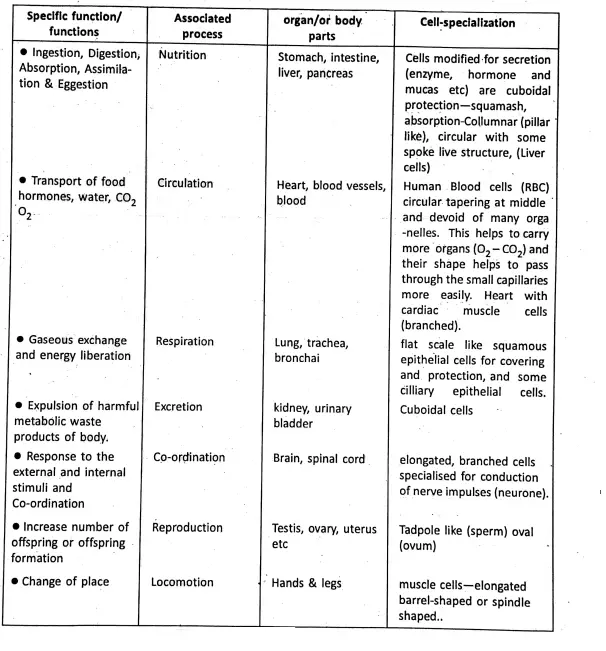 Typical cell range from 5-50 micrometres
Typical cell range from 5-50 micrometres
- Smallest cell Mycoplasma only 0.l-0.2 micrometre.
- Despite differences, all cells contain DNA and are surrounded by a thin membrane—cell membrane.
Plants also perform different physiological functions, such as—
- Transport of water, from soil to leaves and after photosynthesis (production of food) foods from leaves to different parts of the plant body.
- Elimination of excess water in the form of vapour—transpiration
- Standing erect.
- Formation of flowers, fruits and seeds.
- Storage of food. etc.
Relationship of Body-organ-tissue-cell

The shape of the cell varies with the functions it performs. Few examples-
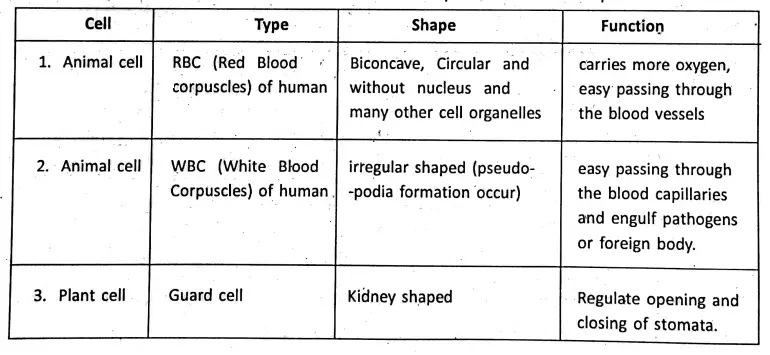 Now just think of your body which is consists of many organs such as the heart, liver, lung, ovary/ testis etc. which are the part of different systems such as circulatory, digestive, respiratory, reproductive etc.
Now just think of your body which is consists of many organs such as the heart, liver, lung, ovary/ testis etc. which are the part of different systems such as circulatory, digestive, respiratory, reproductive etc.
“Class 8 WBBSE General Science Chapter 6 notes, Living Organism structure study material”
Each organ consists of many tissue like the heart consists of muscular tissue (cardiac muscle) connective tissue, epithelial tissue etc. And each tissue consists of many cells of more or less similar structure and origin and also perform the same function.
The structural steps of a multicellular organism are—
organism→ organ-system → organ→ tissue → cell.
Tissue –
A group of cells usually similar in structure and origin that work together to perform a particular function is called tissue.
Chapter 6 Structure Of Living Organism Plant Tissue :
Plant tissue are of mainly two types
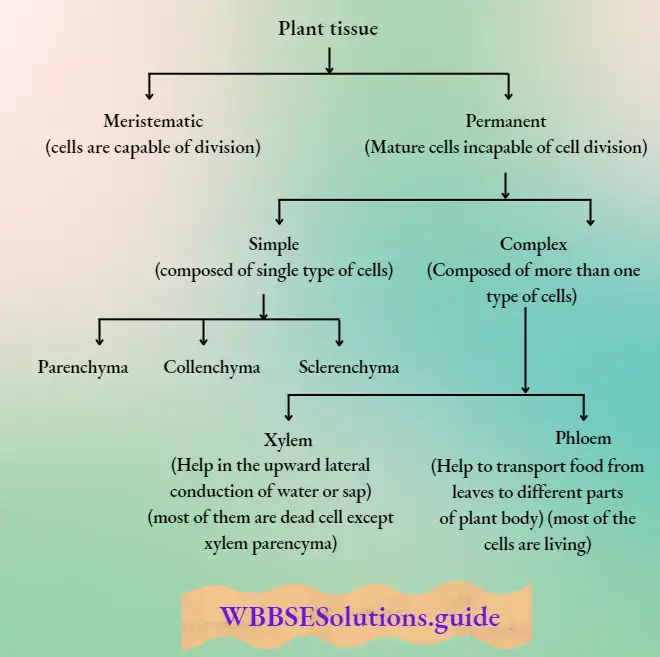
Meristematic tissue :
Thin-walled living group of cells having active cell division capacity.
Location :
These tissues are present in the apical parts of the plant which is responsible for continuous growth.
Function :
- Helps in the formation of new tissue and organ.
- Increase the length of the root, shoot, and branches.
- Formation of new leaves, buds, and flowers.
- Helps to form a protective covering.
“WBBSE Class 8 Science Chapter 6, Structure of Living Organism study guide”
Chapter 6 Structure Of Living Organism Permanent Tissue :
Mature cells with thin to hard cell-wall which are not capable of cell division.
Location :
Root, stem and leaves.
Function :
- Synthesis
- Storage
- Conduction of water and food
- Provide Mechanical strength and rigidity of plant.
Different type of Animal tissue and their functions (Major animal tissue)
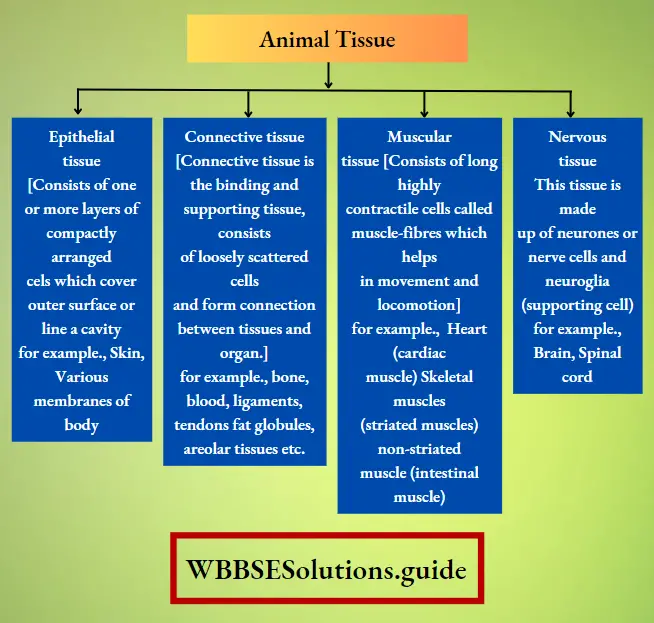
Chapter 6 Structure Of Living Organism Function Of Epithelial Tissue
- Protection: Form a protective covering over the free surface of body both inside and outside.
- Absorption: Some epithelial cells of the intestine absorb digested food. ‘
- Secretion: Some epithelial cells secrete some substances like mucous.
- Excretion: Some epithelial cells eliminate harmful waste products (excretion).
- Forms many useful exoskeletal structures such as hair, nails, scales, feathers, horns, claws etc.
- Receiving sensory stimuli.
Chapter 6 Structure Of Living Organism Function Of Connective Tissue
- Attachment: Attaches different structures such as muscles with skin or bones.
- Fat controlled body temperature.
- Store fat. Fat-controlled body temperature
- Fluid connective tissue like blood and lymph transport gases, food, waste materials etc.
- Provide mechanical support
- Serve as packing materials.
- Body defence (WBC by phagocytosis)
- Skeletal tissue (bone and cartilage) forms a strong framework
Chapter 6 Structure Of Living Organism Ligament:
- Cord like the structure of fibrous elastic connective tissue binds bones to bone
- Blood is a fluid connective tissue.
- Blood .consists of plasma and blood cells (RBC, WBC, thrombocytes).
Connective tissue contains two types of fibres—
- White or collagen fibre
- yellow or elastic fibre.
Fat cells ( = adipocytes) store fat in the form of large fat globules.
Tendon :
Connective tissue cord-like structure (bundles of parallel run white fibres), non-elastic, join the muscles with bone.
Chapter 6 Structure Of Living Organism Function Of Muscular Tissue
Three types of muscles-striated. (skeletal or voluntary), nonstriated (smooth or involuntary) and cardiac.
Myofibrils:
muscle cells contain many highly contractile (myosin) parallelly arranged threads are called myofibrils. Muscular tissue is formed of elongated and highly contractile muscular cells. Muscle contract and relax to make the movement of the body possible.
Functions :
- Helps in the movement of limbs-(hands and legs) and different parts of the body which help in locomotion.
- Helps in the peristaltic movement of the alimentary canal.
- Control body posture.
“WBBSE Class 8 Structure of Living Organism notes, General Science Chapter 6”
Chapter 6 Structure Of Living Organism Nerve Tissue :
Nerve cells or neurons and some supporting cells form the nerve tissue. Neurone is the structural and functional unit of the nervous system.
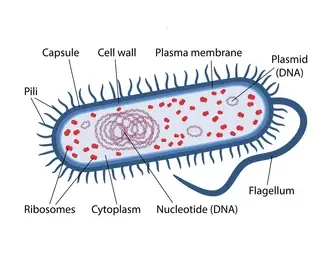 Function :
Function :
- Receive stimuli.
- Conduct nerve impulses, coordinate internal and external environment.
- Control most of the muscle contraction.
- Control secretion of glands.
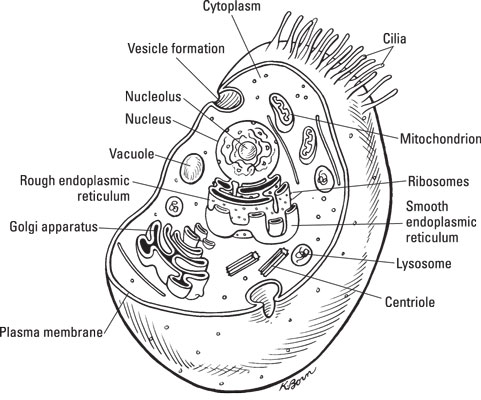
Chapter 6 Structure Of Living Organism Animal cell
The cell is defined as a mass of protoplasm (gely-like matrix) bounded by the plasma membrane structural and functional unit of an organism.
- Cells are of two types—Prokaryotlc-the simple cell without a typical nucleus and membrane-covered organelles, for example. Bacteria.
- Eukaryotic— Cells with a typical nucleus and membrane-covered organelles, for example, Plant and animal cells.
The major two types of Eukaryotic cells are Animal cells and Plant cells.
Different structural parts of Animal cell
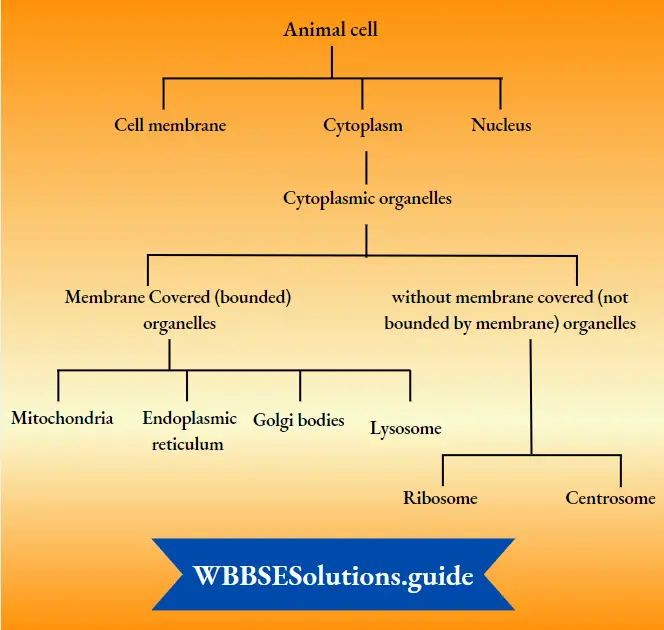
Chapter 6 Structure Of Living Organism Plasma Membrane Or Cell Membrane :
Cell membrane
Each cell is bounded by a thin elastic living membrane, called the plasma membrane or cell membrane. Plasma-membrane is made-up of mainly lipids (fat) and protein.
Though this membrane has some pores but it is a selectively permeable membrane because it allows water and some selective substances (minerals etc) into the cell and out of the cell. The exchange of materials depends on the size and its nature.
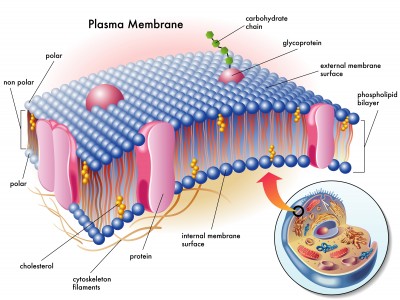
Functions Of Cell membrane:
- It gives shape and arid rigidity to the cell.
- Protecting the internal structures.
- Regulates the entry and exit of substances.
- Helps in the formation of ER, Golgi bodies, nuclear membrane and some other cell organelles.
Protoplasm :
The substance inside the cell is collectively known as protoplasm.
Cytoplasm :
The jelly-like semi-liquid (colloidal) substance of the cell except the nucleus is called the cytoplasm.
Cytoplasmic organelles are present within this. This is the actual place of different metabolic functions of the cell.
Protoplasm = Cytoplasm + Nucleus
Cytoplasm = Protoplasm – Nucleus
Chapter 6 Structure Of Living Organism Nucleus :
The dense rounded or oval structure usually present in the middle of the Cytoplasm is called the nucleus. Human RBCs have no nucleus.
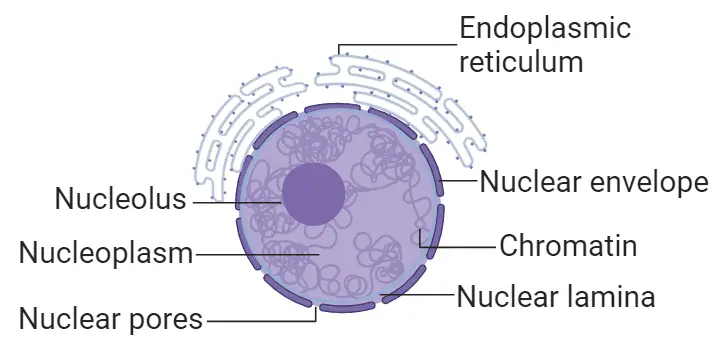
The nucleus is the controlling centre of all cellular activities (biochemical) so it is called the “brain of the cell”. The nucleus is surrounded by a porous membrane (double-layered) called a nuclear membrane which separates the nucleus from the surrounding cytoplasm.
The dense sap present inside the nuclear membrane is known as nuclear sap or nucleoplasm. A fine thread-like structure present inside the nucleus is known as Chromatin. Chromatin is formed of DNA (Deoxyribonucleic acid) and protein.
DNA is a macromolecule consisting of two fine threads which coiled together (double helical structure). The chromatin is called, chromosome during cell division (at that time it is thicker).
“Class 8 WBBSE General Science Chapter 6, Structure of Living Organism easy explanation”
The chromosomes COntain Stretches of DNA which carries information for protein synthesis. This functional part of DNA is known as a gene. The characteristics of parents pass to offspring through genes.
For this reason, the ‘gene’ is called the hereditary unit (hereditary material). within the nucleus present a dense rounded structure where ribosomes are synthesized is known as a nucleolus.
Chapter 6 Structure Of Living Organism Gene :
The functional part of DNA of a chromosome which transmits hereditary characters from parents to offspring.
- The chromosome Number is constant in every living organism of a species.
- The human somatic cell contains 46 chromosomes.
- By chromosomal structure and number, species can be differentiated.
- The nuclear structure is different in prokaryotic and eukaryotic cells. In a prokaryotic cell nuclear membrane and nucleus is absent (for example Bacteria, cyanobacteria) whereas all four components are present in a eukaryotic cell (plant and animal cell).
- Eukaryotic chromosomes are larger than that of prokaryotes. A prokaryotic chromosome contains a covalently closed circular DNA whereas eukaryotic chromosome contains linear DNA with two ends.
‘Pro’ = primitive, ‘Karyon’ = nucleus, ‘Eu’ = advance
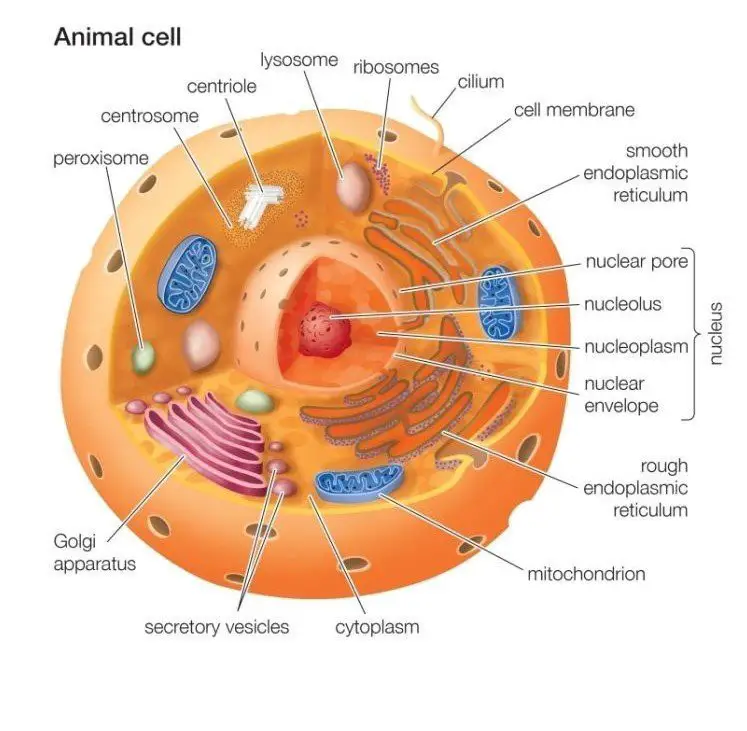 The function of the Nucleus :
The function of the Nucleus :
- Control the functions of the cellular organelles.
- Transmit hereditary characters from one generation to other.
- Helps in protein synthesis, RNA synthesis and ribosome synthesis.
Chapter 6 Structure Of Living Organism Other Cell Organelles
Mitochondria (Singular – Mitochondrion) Mitochondrial DNA is their own DNA. They are maternally inherited (come from the mother). Mitochondria are small and usually rod-shaped and may be rounded or oval scattered and distributed through out the cytoplasm. Each mitochondrion is bounded by two membranes—outer and inner.
Many finger-like projections (out-growth) come-out from the inner membrane, these finger-like projections are called cristae. Within the cristae present some tennis bat-like structures, known as oxysome.
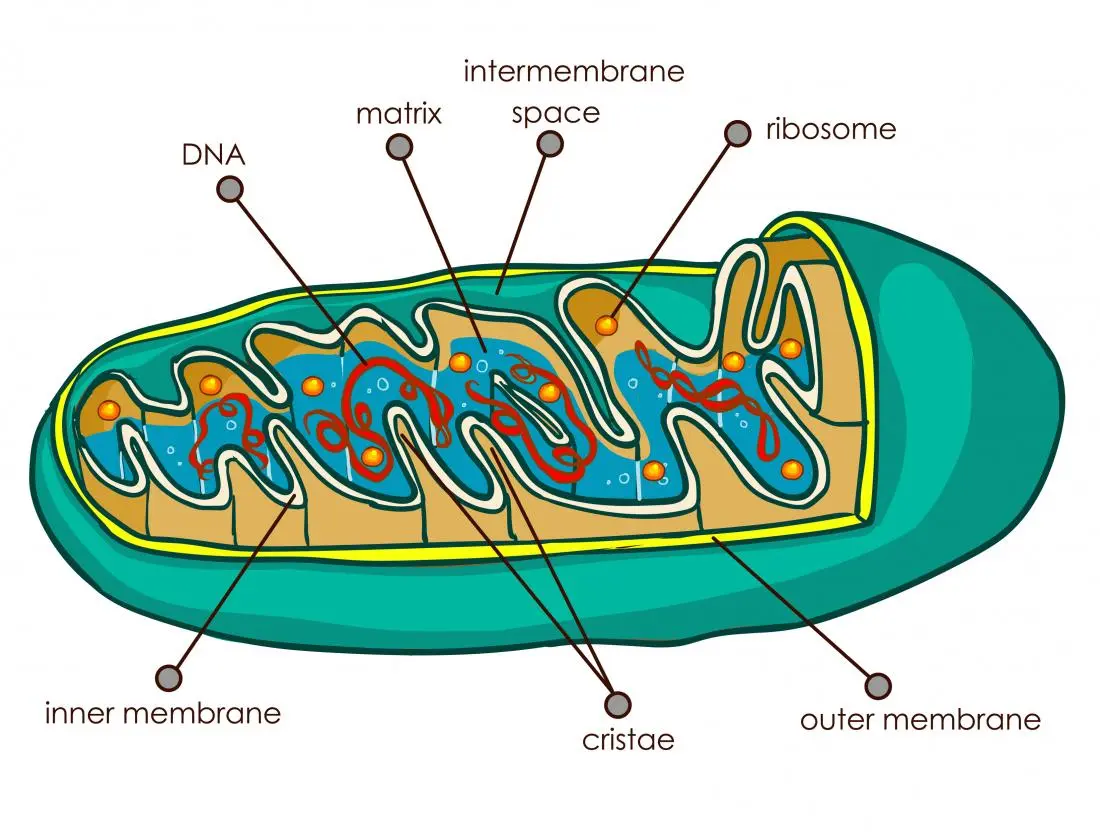
The ground substance present inside the mitochondria is called a matrix, the matrix possesses different enzymes, DNA, RNA, ribosome, and proteins. Different enzymes are also present in the inner membrane. They are involved in energy production.
Function Of Mitochondria:
Mitochondria provide energy for the vital activities of living cells for this reason mitochondria is known as the “Power House of the cell”. Cellular respiration occur within this organelle.
Chapter 6 Structure Of Living Organism Endoplasmic Reticulum (ER)
The endoplasmic reticulum is a network of membrane-bounded tubular structures of different shapes and size. It usually forms a net-work between the plasma membrane and nuclear membrane.
Sometimes ribosome is attached to it (ER) then it is called rough ER (RER) and sometimes without ribosome attachment then it is called smooth ER (SER). Rough ER (RER) with the help of ribosome manufacture protein and smooth ER (SER) helps in the manufacture of fat molecules or lipids.
- ER helps in the secretion and transport of materials to different parts of the cell.
- It helps in storage and also gives cell mechanical support.
- Some cellular organelles are also formed from ER.
Chapter 6 Structure Of Living Organism Golgi bodies / Golgi complex :
Golgi bodies are membrane-bounded organelles present near the nucleus formed from ER. Golgi bodies consist of .tube-like structures (cisternae), large vacuoles and small vesicles. Tube-like structures (cisternae) are usually arranged in parallel to each other. In plant cell golgi bodies are known as dictyosomes (distributed scattered).
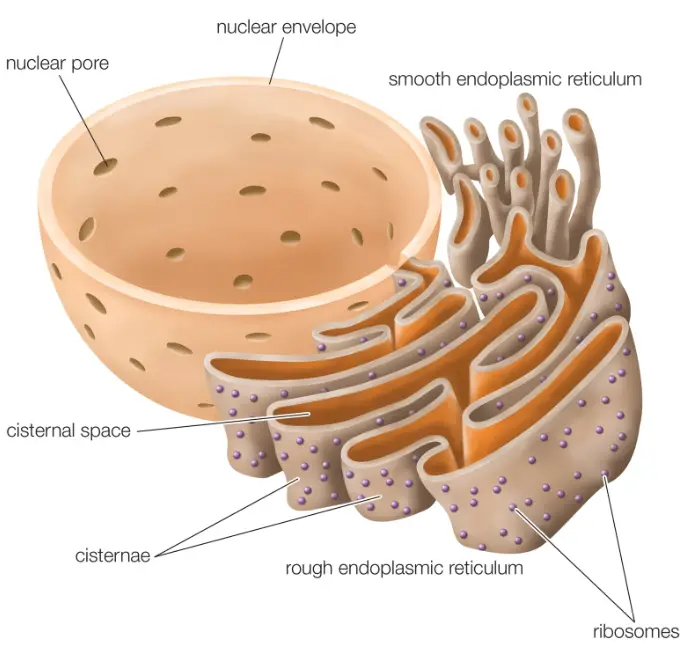
Function Of Golgi bodies:
Helps in secretion/storage, transportation and formation of other cellular organelles like lysosomes. Scientist Camillo Golgi first describes Golgi bodies.
Lysosome :
Lysosome is a single membrane-bounded sac-like small spherical vesicle. Lysosome originates from golgi bodies and contains enzymes (hydrolytic) which help in intracellular digestion.
Lysosome is polymorphic (have different forms). Lysosome is found in animal cells and meristematic cells of a few plants. Lysosome helps in digestion as well as destroys pathogens (bacteria) and old cellular substances.
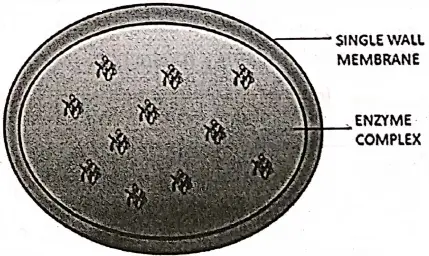
Excessive lysosomal activities (secretion) lead to cancer. Sometimes lysosomes digest it’s own organelles and destroy their own cells, hence lysosomes are called ‘suicidal bags’.
Chapter 6 Structure Of Living Organism Ribosome
Ribosomes are very small, rounded cell organelles not bound by any membrane. Ribosome has two subunits (larger and smaller). Ribosomes are found freely in the cytoplasm as well as attached with some organelles like the endoplasmic reticulum, and nuclear membrane.
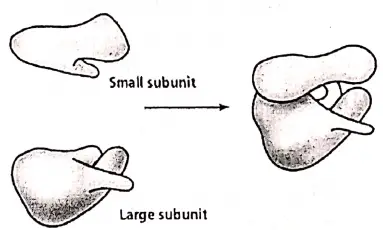
Ribosomes are also seen inside of some organelles like mitochondria and chloroplast. Ribosomes are composed of ribonucleic protein (ribonucleic acid and protein). The main function of ribosomes is protein synthesis. (Workplace for the synthesis of proteins).
“WBBSE Class 8 Science Chapter 6 notes, Structure of Living Organism PDF”
Chapter 6 Structure Of Living Organism Centrosome :
Centrosome is a distinct region of the cytoplasm close to the nucleus. It ‘usually has two centrioles which are arranged at a right angles to each other. The area surrounding the centrioles is known as the centrosphere.
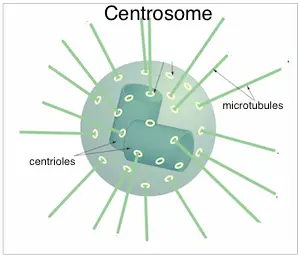
The centrioles are membrane-less cylindrical, hollow structures made of microtubules (hollow straw-like structures).
Functions Of Centrosome:
- The main function of centrioles are to form spindle fibres which help in the movement of chromatids during cell division.
- Centrioles help in the formation of cilia and flagella.
Study the plant cell (Activity) / animal cell (activity)
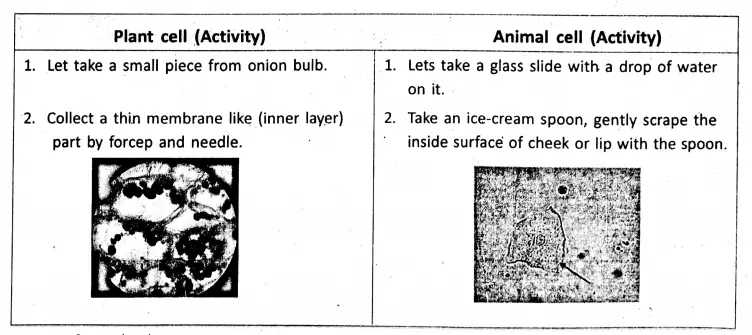
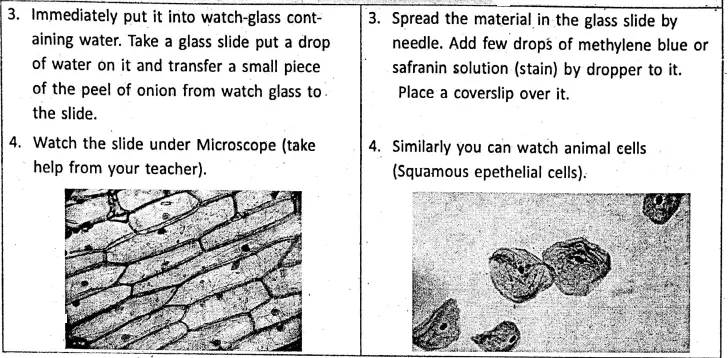
Chapter 6 Structure Of Living Organism Plant cell :
If you observe a plant cell under a microscope (see activity). You will find some new parts which you have not noticed in an animal cell. A rigid covering (cell wall), oval or rounded, pigmented organelle (plastids) and some small to large space (vacuoles) in the cytoplasm.
Cell wall :
In plants, cells have an additional protective wall outside the cell membrane or plasma membrane. This relatively thick, rigid, non-living covering of plant cells is called the cell wall. Cell wall- is permeable and is made up of cellulose (A type of carbohydrate).
The cell wall provides extra protection to plant cell (which much require as the plants are usually stationary). Cell wall provide a particular shape to the cell and prevents drying up (desiccation) of cells. Cell walls have a number of pores through which the exchange of various substances occurs.
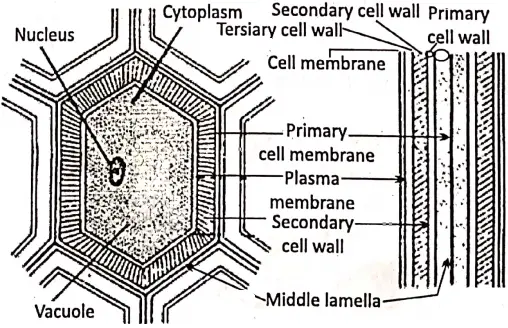
It also maintains osmotic pressure.
The difference you can notice between Cell wall and Cell membrane.

Chapter 6 Structure Of Living Organism Plastids :
Why the cell wall is so strong?
Cell wall is so strong Because of:
The temperature in nature is much variable often increases and decreases. Humidity and wind flow also increase or decrease. More over plant can not able to move (stationary). So they have to face much unfavourable conditions. Therefore they need hard cell wall.
“WBBSE Class 8 General Science Chapter 6, Structure of Living Organism important questions”
In plant cell double membrane bounded round or oval-shaped scattered distributed cytoplasmic organelle is plastid. Most of them possess different types of Pigments. The green pigment (chlorophyll)containing plastids are called chromoplasts
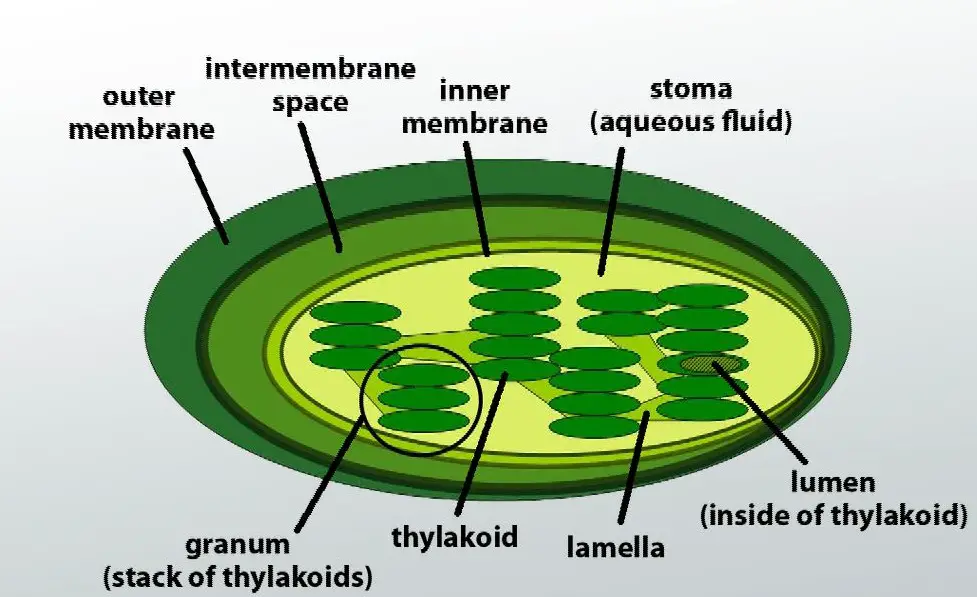
Various other coloured pigments (red, orange, etc.)the colourless plastids are containing plastids are called chromoplasts and the colourless plastids are called leucoplasts (devoid of chlorophyll and other coloured pigments).
Chloroplast have two distinct regions—’grana’ and ‘stroma’ (the matrix). Granum (singular) is a pillar¬like structure and composed of the discoid sac (Thylacoids) containing chlorophyll or other pigments. The homogeneous matrix in which grana are embedded is called the stroma. Nucleic acid (DNA, RNA), ribosomes and different types of enzymes are present in stroma.
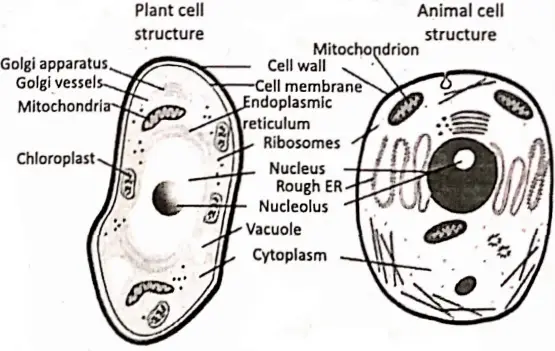
Function Of Chloroplast:
Chloroplast helps in making food (photosynthesis).
Chromoplast:
Provide colour to different parts of the plant.(flower, fruits, some leaves) and help in the pollination and dispersal of seed and fruit.
Leucoplast:
Helps in the storage of food (usually present in root cells).
Chloroplast:
Green plastids have green pigment, chlorophyll. Chloroplast present usually in the green leaves and green parts of plants (stem, fruits etc.) Helps in photosynthesis (food production).
Chromoplast:
Variously coloured plastids (containing different types of pigments like- red, orange, yellow etc.). Usually present in flowers, fruit and parts of the leaf.
Leucoplast:
Colourless plastids, not bearing pigments. The main function is storage (carbohydrate, fat, protein).
Chapter 6 Structure Of Living Organism Vacuoles :
The small and large fluid-filled (sap) space in the cytoplasm of cell is called a vacuole. In animal cell vacuoles are smaller in size and lesser in number than plant cells.
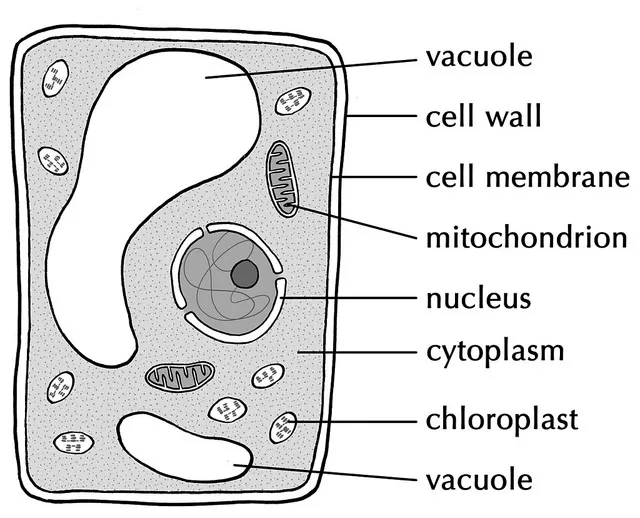
In mature plant cells the major portion is occupied by vacuoles. In some plant cells (Spirogyra and many others) this type of arrangement (large vacuoles) pushed the cytoplasm to the periphery as thin layer. This is called Primordial utricle.
Tonoplast:
It is a membrane separating a vacuole from the surrounding cytoplasm.
Vacuoles play an important role to maintain water balance, internal pressure, osmotic pressure, and storage of different substances including waste products. It also helps in cell growth.
- The brain of cell—Nucleus.
- Kitchen of the cell—Chloroplast
- Protein industry—Ribosome
- Suicidal bag—Lysosome
- Cytoskeleton—Microtubules and microfilaments
- Power House of cell— Mitochondria.
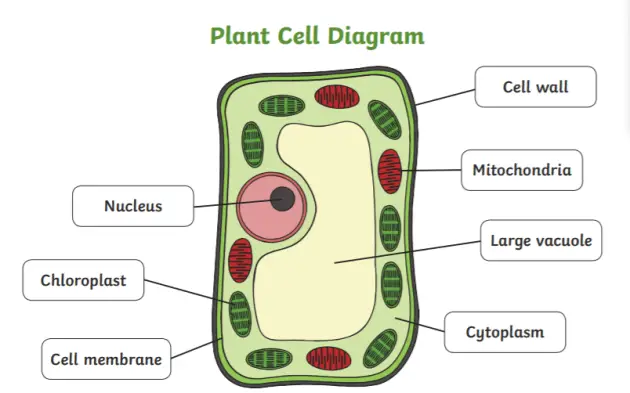
Cell-organelles—their location and specific functions
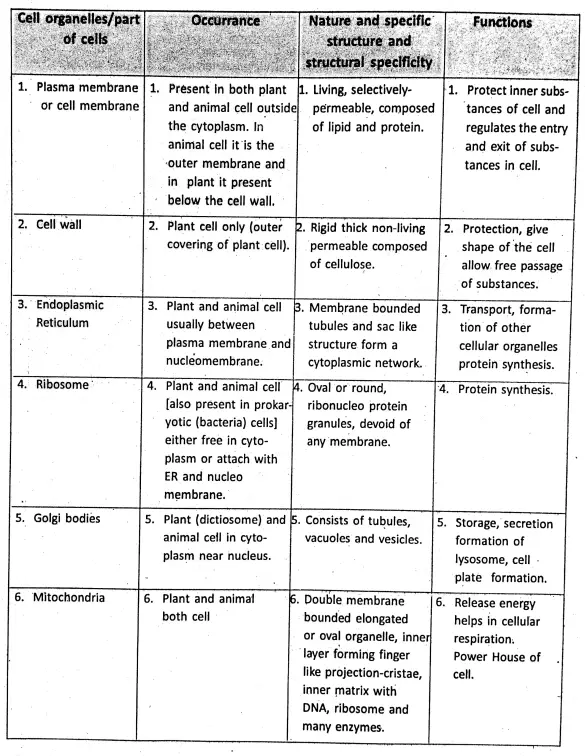
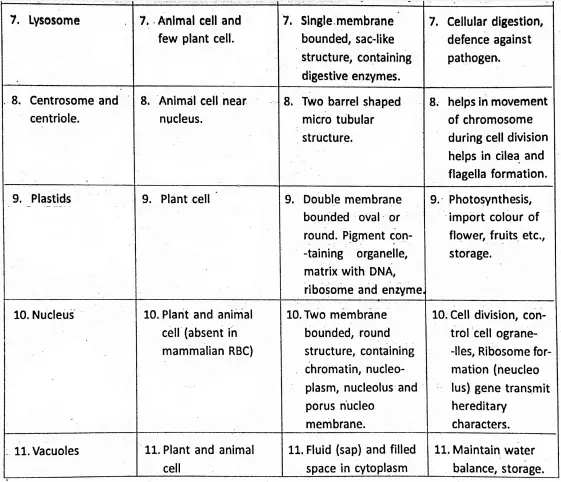
Chapter 6 Structure Of Living Organisms Different Natural Environments And Their Influence On Cell
Organisms live in an environment. The physical and biological condition in which an organism lives and with which it interacts is called the environment.
An organism cannot survive in all environments, such as a Polar bear or a Penguin used to live in a very cold environment would not survive in a desert. Similarly, Camel and Ostrich would not survive in the polar regions. It is clear that the environment in which an organism lives must suit its needs.
“Class 8 General Science Structure of Living Organism notes, WBBSE syllabus”
Environment: The surroundings of organisms in which it lives and interacts.
Habitat: The place where an organism lives.
Living organisms adapt to different environments for their survival. The organism which cope well with a particular environment such as dry desert, cold pollar region or aquatic (fresh or saline) condition need to adapt themselves for the condition. Several structural and functional diversities are observed in the body of living organisms while they try to adapt in
different environment.
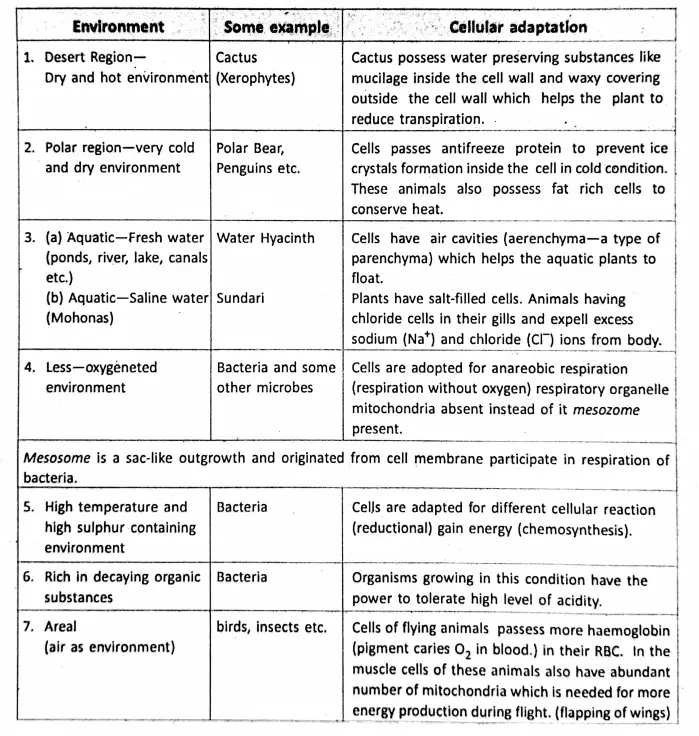
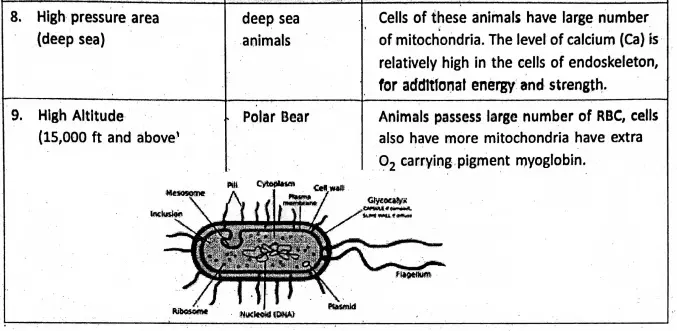
The changes that occur in the body of the organisms are also observed in the cellular level. Let’s see some of the adaptations in the cellular level of some organisms who are living in different environments.
